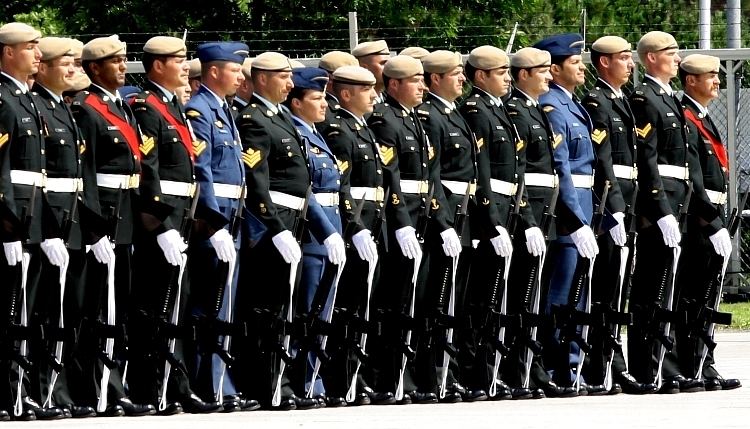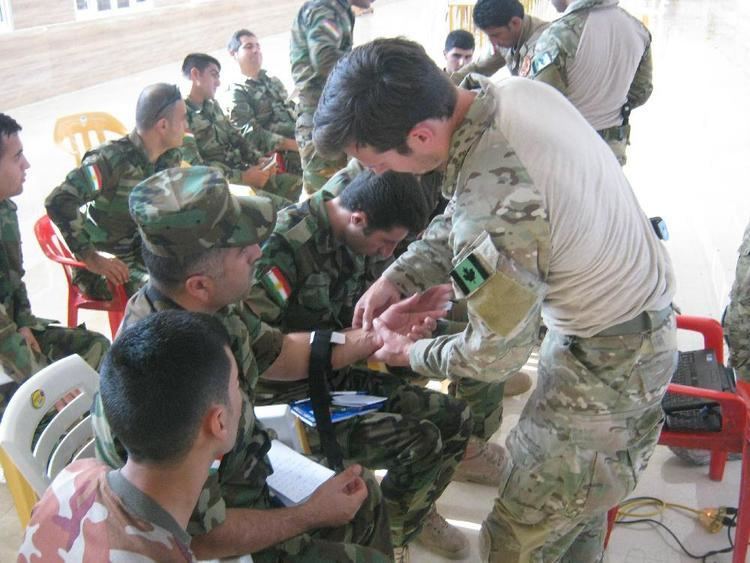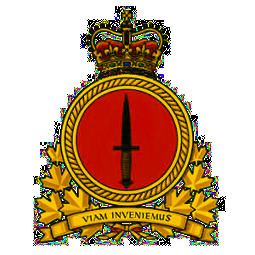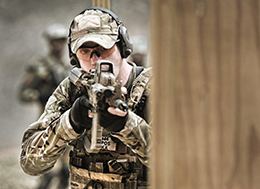Active 2006–present Type Special Operations Nickname(s) Silent Professionals | Size Believed to be ~2000 Founded 2006 | |
 | ||
Role To provide operational commanders with agile, high-readiness Special Operations Forces capable of conducting special operations across the spectrum of conflict at home and abroad. Motto Viam Inveniemus – "We Will Find A Way" Similar Canadian Armed Forces, Canadian Army, Royal Canadian Navy, Canadian Expeditionary Force Co, Royal Canadian Air Force | ||
Introducing the canadian special operations forces command cansofcom 2013
Canadian Special Operations Forces Command (CANSOFCOM; French: Commandement des Forces d'opérations spéciales du Canada; COMFOSCAN) is a command of the Canadian Armed Forces. It is responsible for all special forces operations that are capable of responding to terrorism and threats to Canadians and Canadian interests around the world.
Contents
- Introducing the canadian special operations forces command cansofcom 2013
- Message from canadian special operations forces command veteran
- Composition
- Core tasks
- Commanding officers
- Uniform
- References

Message from canadian special operations forces command veteran
Composition
CANSOFCOM is composed of:


CANSOFCOM also employs an integrated operating concept that combines the capabilities of all units in a Special Operations Task Force (SOTF) capable of completing assigned missions and tasks. Therefore, depending on the tasks at hand, various combinations of personnel from JTF 2, CSOR, 427 SOAS and CJIRU are assembled into a Special Operations Task Force, as appropriate, to accomplish assigned missions.

The Commander selects which task force or team will be deployed based on several criteria, including: the scope of the problem; the required response time; what effect needs to be achieved; and the level of precision required.

Based on the requirement to respond to specific standing tasks assigned to the CAF by the GoC, such as respond to a terrorist attack, an international crisis or a CBRN threat, CANSOFCOM has developed several standing Special Operations Task Forces:

The IRTF, CBRN Task Force, Task Force Arrowhead and the SOF teams do not represent the full extent of CANSOFCOM capabilities; CANSOFCOM is capable of generating additional forces for specific needs as required.
Core tasks
CANSOFCOM's core tasks are: to provide the Canadian Forces with a capacity to prevent and react to terrorism in all environments, to provide the CF with a capability to perform other missions as directed by the Government of Canada, such as direct action (DA), special reconnaissance (SR), defence diplomacy and military assistance (DDMA), as well as special humanitarian assistance (such as the evacuation of non-combatants).
Commanding officers
On September 12, 2005, Colonel David Barr was appointed the provisional commander of the CANSOFCOM. During his tenure as commander, Colonel Barr also deployed to Afghanistan as commander of the Canadian special operations task force in Operation Enduring Freedom.
Major-General D. Michael Day, OMM CD – Commander of the Canadian Special Operations Forces Command 2007–2011
Brigadier-General D.W. Thompson, OMM MSC CD commanded the Canadian Special Operations Forces Command, 2011-2013.
Major-General Michael Rouleau, OMM MSC CD is the current commander of the Canadian Special Operations Forces Command, appointed in 2013.
The current command chief warrant officer is Chief Warrant Officer Daniel Brissette, MSM CD.
Uniform
With operational uniforms, all members of CANSOFCOM wear the tan beret, regardless of their environment (navy, army or air force), with the badge of their personnel branch or, in the case of the Royal Canadian Armoured Corps and Royal Canadian Infantry Corps members, the badge of their former regiment. With ceremonial and service dress, navy members wear service caps with tan bands, army members wear tan berets and air force members wear blue wedge caps with a tan insert.
